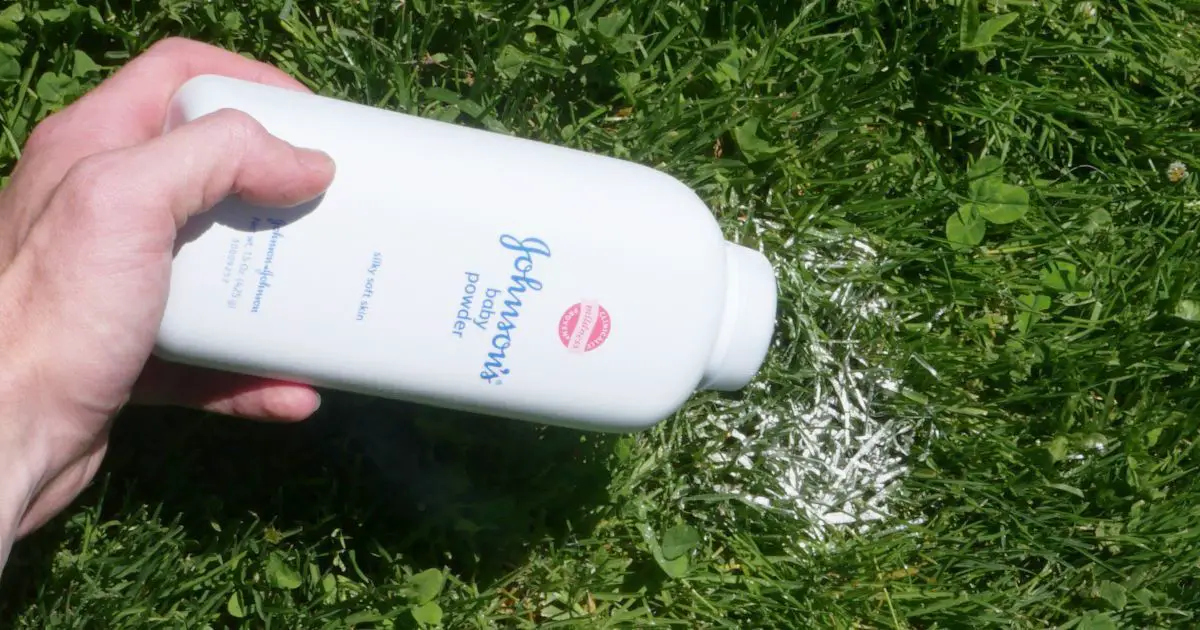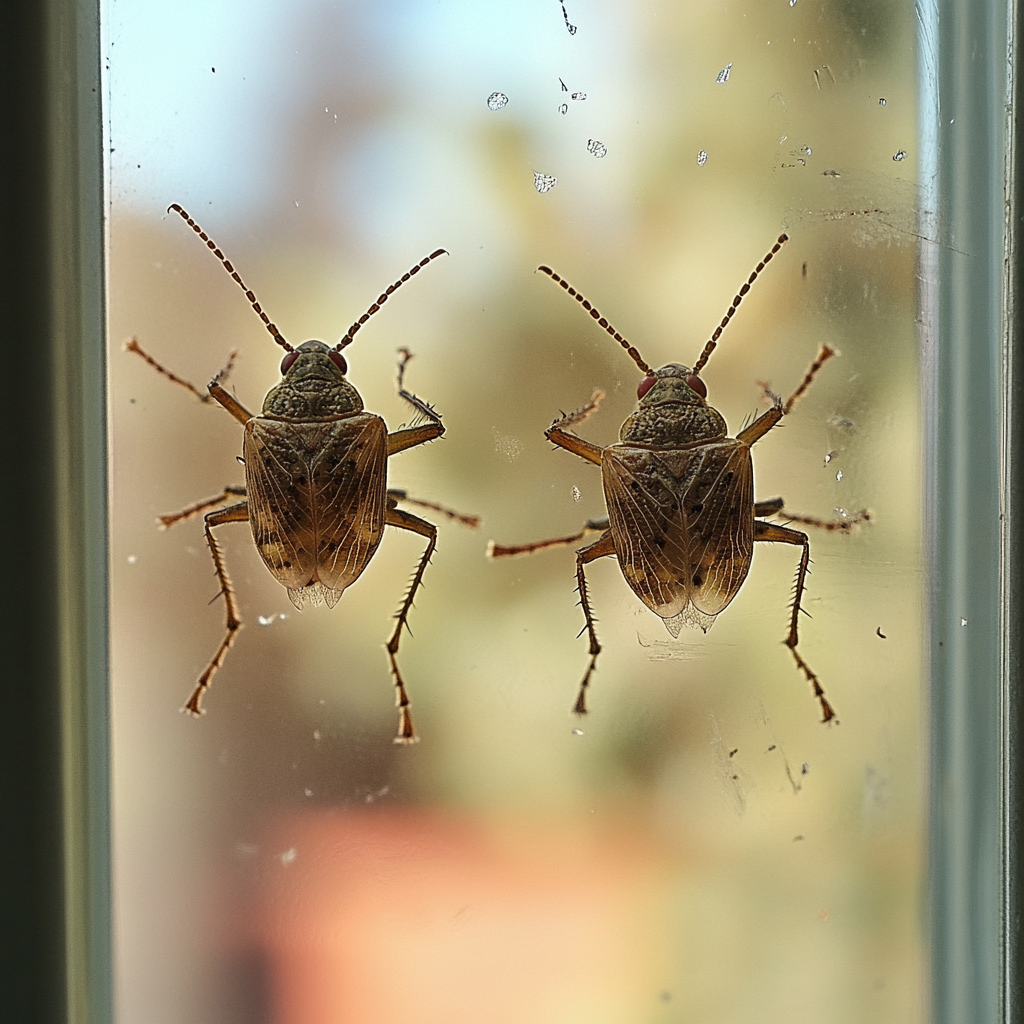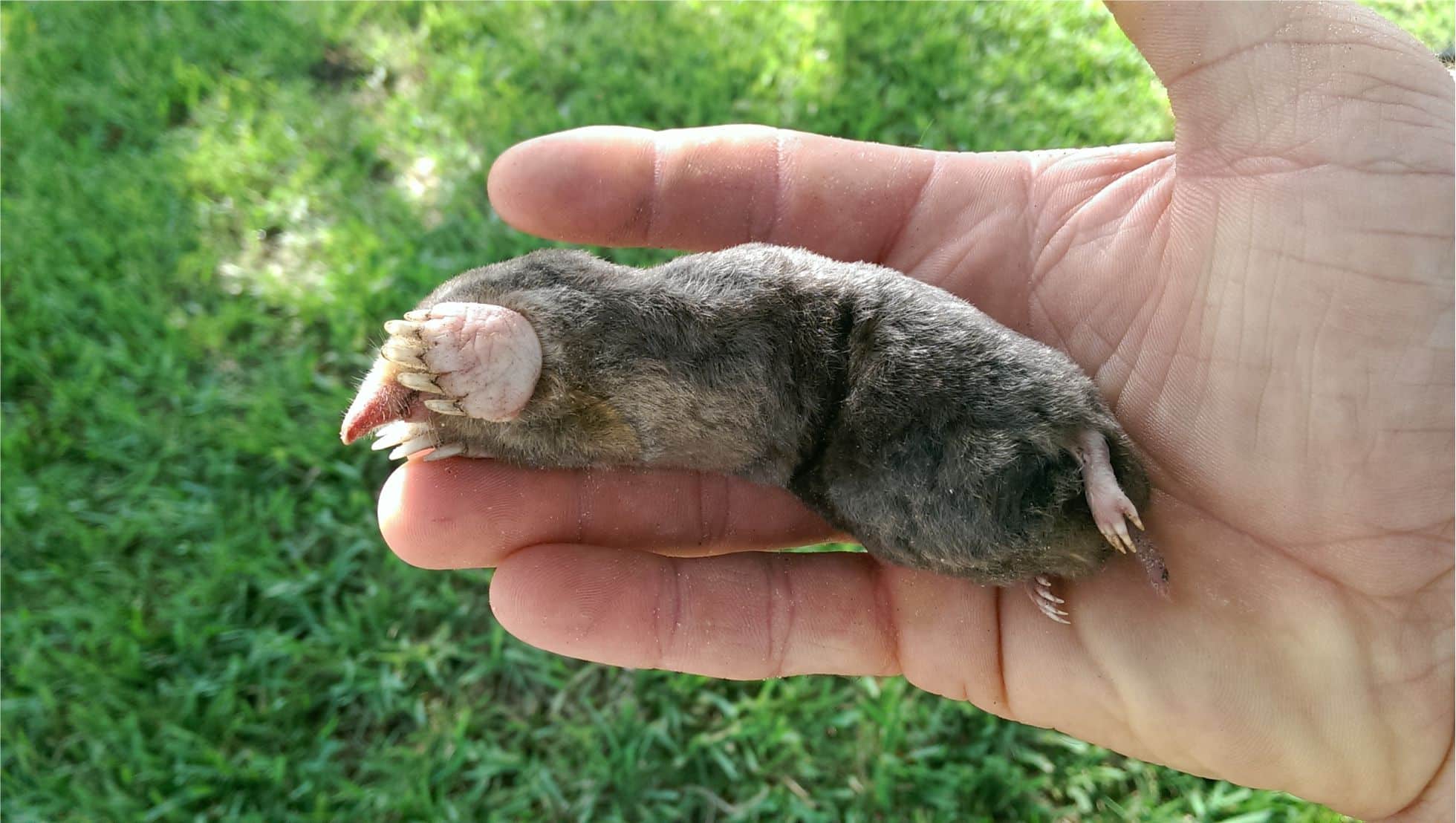Delphiniums, also known as larkspurs, are plants that stand out with their bold summer blooms. They come in over 300 species, with Delphinium elatum being a top choice. This type can grow quite tall, reaching 5 to 6 feet high and 2 feet wide.
You’ll see flowers in blue, pink, purple, and white, some with a special eye and others with semi-double blooms.
These plants are perennials but don’t live long, usually 3 to 5 years. They grow best in places with cool springs. It takes them 7 to 21 days to bloom after planting. They start blooming in late spring and can keep going all summer.
But, you should know that delphiniums are toxic to humans, pets, and horses. So, plant them where they won’t be touched often.
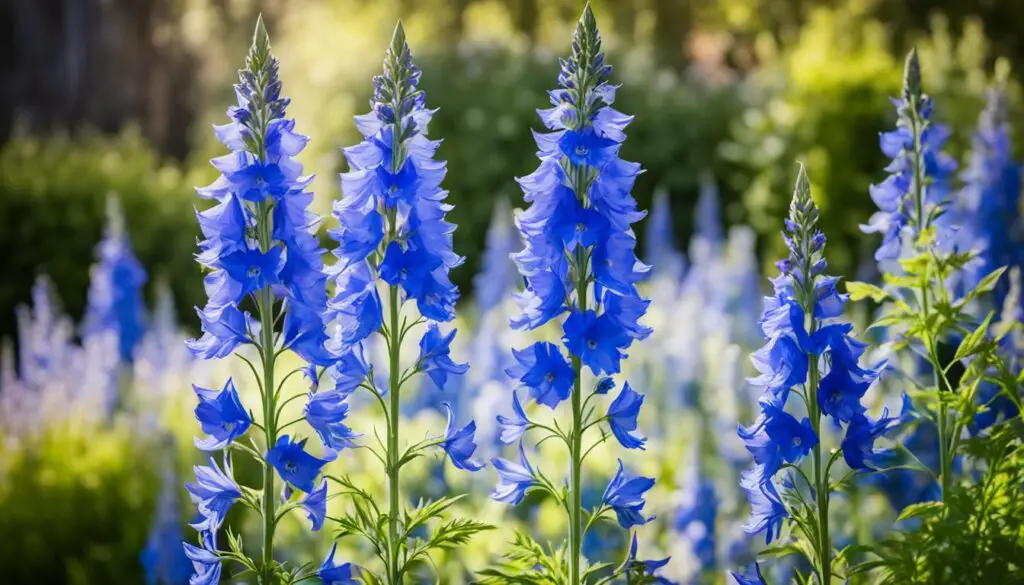
Key Takeaways
- Delphiniums are a genus of over 300 species, with Delphinium elatum being the most recognizable variety.
- They can grow up to 5-6 feet tall and 2 feet wide, with a variety of bloom colors including blue, pink, purple, and white.
- Delphiniums are short-lived perennials, typically lasting 3-5 years, and prefer cool, long spring seasons.
- These plants have a sporadic growth rate, taking 7-21 days to bloom from sowing, and bloom from late spring to early summer.
- Delphiniums are toxic to people, pets, and horses, so they should be planted in a location away from high-traffic areas.
Introduction to Delphinium Plants
Delphiniums are stunning plants that belong to the Ranunculaceae family. They are known for their bright flower spikes.
These plants can grow from 6 inches to 7 feet tall. The tallest ones are in the Delphinium elatum group.
They come in many colors like true blues, purple, lavender, pink, scarlet, white, and sometimes yellow.
What are Delphiniums?
Delphiniums are perennials that can have single, semi-double, or double flowers. These flowers have small centers called ‘bees’ in various colors.
Their tall spikes can be over 2 meters high, making them a beautiful garden addition.
Types of Delphiniums
- The Elatum Group is a popular type, with spikes up to 2 meters tall and flowers up to 2.5 inches wide.
- The Belladonna Group has upright stalks with spikes of single or double flowers, 3 to 4 feet tall.
- The Grandiflorum Group, or Chinese or Siberian delphinium, is compact and grows 1 to 2 feet tall.
- The Pacific Giants and New Zealand Hybrids are hybrids that can reach 4-6 feet and medium-sized, respectively.
With over 300 delphinium species, gardeners have many heights, colors, and shapes to choose from. They can add beauty to any garden.
| Delphinium Group | Height Range | Flower Size | Flower Types |
|---|---|---|---|
| Elatum Group | 5-6 feet | up to 2.5 inches | Single, semi-double, double |
| Belladonna Group | 3-4 feet | 1-2.5 inches | Single, double |
| Grandiflorum Group | 1-2 feet | N/A | N/A |
| Pacific Giants | 4-6 feet | N/A | N/A |
| New Zealand Hybrids | Medium-sized | N/A | N/A |
“Delphiniums are a captivating addition to any garden, with their towering spikes and vibrant colors that add a touch of whimsy and elegance.”
Planting Delphiniums
When to Plant Delphiniums
The best time to plant delphiniums is in the spring, about 10 weeks before the last frost. Delphinium seeds take 21 to 28 days to germinate.
You can make them germinate faster by keeping them in the fridge for a few weeks before planting. Wait until spring temperatures are over 50°F to move the seedlings to your garden.
Where to Plant Delphiniums
Delphiniums do well in spots that get 6 to 8 hours of sun a day, best in the morning. They need protection from strong winds and heavy rain to keep their tall stalks safe.
Make sure the soil drains well to avoid crown and root rot. Pick a spot with good air flow and don’t plant them too close together to prevent disease.
How to Plant Delphiniums
Get the soil ready by mixing in organic matter or compost up to 1 foot deep. Dig a hole that’s twice as wide as the delphinium’s pot and place the seedling so its root top is even with the soil. Transplant the seedlings right away to prevent their fine roots from drying out.
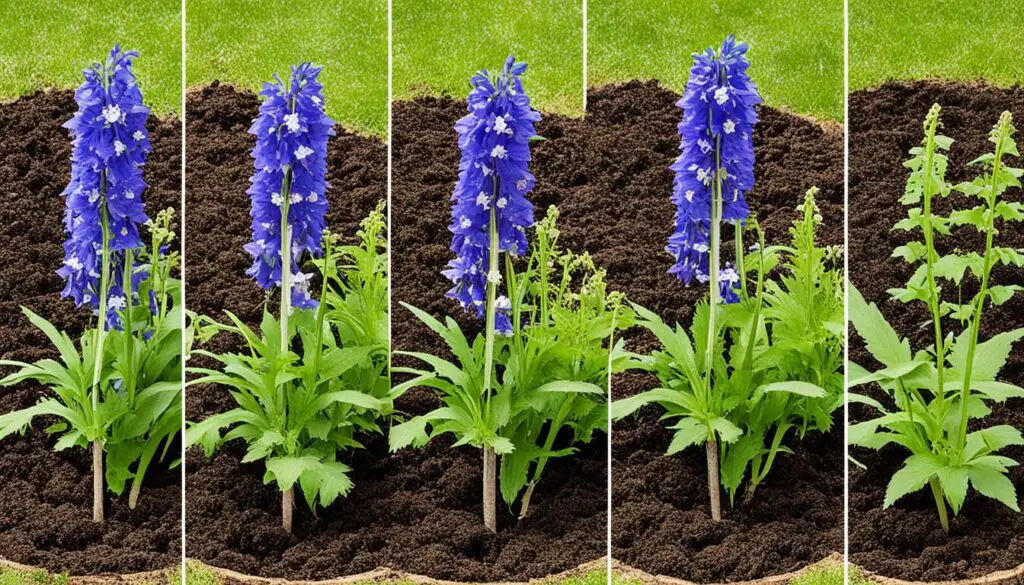
By following these steps, you’ll set your delphiniums up for success in your garden. Keep an eye on them and provide the right care for a beautiful summer bloom.
Grow A Delphinium and Care
Delphiniums are beautiful flowers that need the right conditions to thrive. They need good soil, enough water, and the right nutrients. Regular pruning and deadheading also help them bloom all season.
Soil Requirements
Delphiniums love soil that drains well and is rich in humus. It should be a bit alkaline, with a pH of about 7.
Adding composted manure in the fall helps these plants. But, don’t put mulch too close to the stems to avoid rot.
Watering Needs
Keeping the soil moist is key for delphiniums. Water them when it’s dry, but keep the leaves dry to prevent disease. Mulch can help keep the soil moist and cut down on watering.
Fertilizing Delphiniums
Delphiniums need a lot of nutrients and do well with a slow-release fertilizer every 2-3 weeks.
Stay away from too much nitrogen, as it makes leaves grow too much and less flowers. Composted manure in the fall also gives them what they need.
Pruning and Deadheading
To get a second bloom in late summer or early fall, cut the stalks to the ground after the first bloom.
Cut everything to the ground after it wilts in autumn. Deadheading the flowers helps them keep blooming all season.
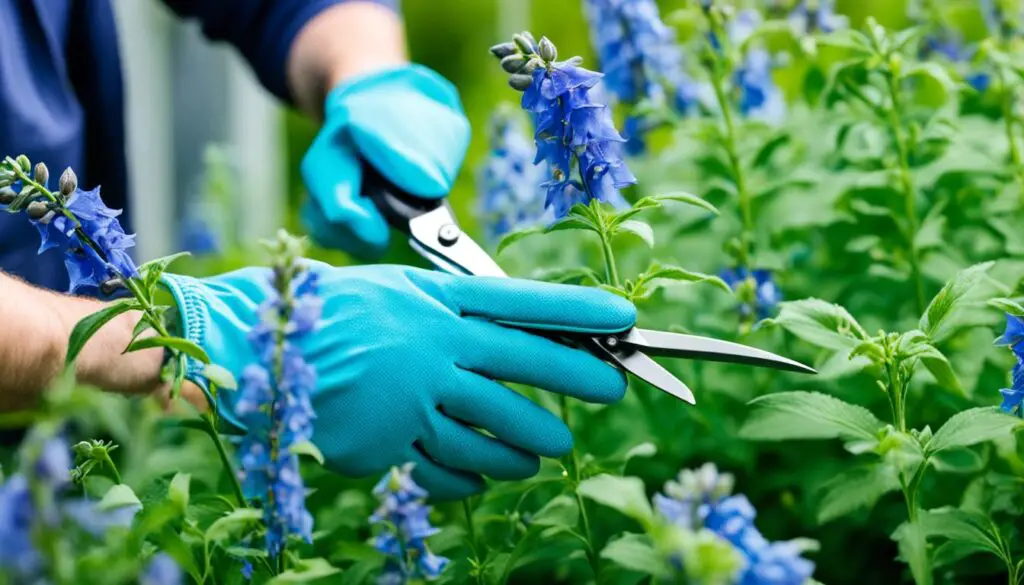
“Around 40 delphinium cultivars have an RHS Award of Garden Merit, indicating high performance in RHS trials.”
Propagating Delphiniums
As a delphinium enthusiast, I’ve learned that these beautiful flowers are easy to spread through different methods. You can grow more delphiniums by sowing seeds, dividing plants, or taking cuttings. Let me guide you on the best ways to multiply your delphiniums.
September to March is the best time to grow delphiniums from seeds. But remember, the first year can be tough with low seed germination rates.
To boost your chances, soak the seeds before planting and keep the soil at 65°F at night and 75°F during the day.
Dividing established delphinium clumps in spring is another great way to spread them out. It not only increases your plants but also refreshes the soil. Make sure to water the plants well a day before dividing for the best outcome. You can also take basal cuttings from new growth, root them in damp soil, and transplant them when they grow new leaves.
FAQ
What are delphiniums?
Delphiniums, also called larkspurs, are plants known for their bold summer blooms. They have over 300 species, with Delphinium elatum being well-known. This species can grow 5 to 6 feet tall and 2 feet wide. Their flowers come in shades of blue, pink, purple, and white.
What are the different types of delphiniums?
Popular delphiniums include D. elatum, D. belladonna, D. grandiflorum, and hybrids. D. elatum has large flowers that can be up to 2.5 inches wide and grow 5 to 6 feet tall. D. belladonna has flower stalks that are 3 to 4 feet tall with single or double flowers.
The Grandiflorum Group is smaller, growing 1 to 2 feet tall. Hybrid groups like Pacific Giants and New Zealand hybrids are also popular. They can grow 4-6 feet tall and are medium-sized.
When should I plant delphiniums?
Plant delphiniums in the spring, about 10 weeks before the last frost. Seeds germinate in 21 to 28 days. Storing seeds in the fridge for a few weeks can help them germinate faster.
Once spring temperatures are steady, it’s safe to move seedlings to the garden.
Where should I plant delphiniums?
Plant delphiniums where they get 6 to 8 hours of sun a day, preferably in the morning. They need protection from strong winds and heavy rain. Make sure the soil drains well to prevent root rot.
Plant them in a spot with good air flow and where they won’t be crowded. This helps prevent disease.
What are the soil requirements for delphiniums?
Delphiniums need well-drained, rich soil that’s a bit alkaline, with a pH of about 7. Mulch helps keep moisture in the soil but shouldn’t touch the stems to prevent rot. Adding composted manure in autumn helps these heavy feeders.
How do I water and fertilize delphiniums?
Keep the soil around delphiniums consistently moist but not waterlogged. This can cause root rot. Use a 2-3 inch mulch layer to help with moisture retention.
These plants are heavy feeders and do well with a slow-release fertilizer every 2-3 weeks. Avoid fertilizers high in nitrogen. Composted manure in autumn also benefits them.
How do I prune and deadhead delphiniums?
Thin new delphinium plants to 2-3 strong shoots when they’re 3 inches tall. For established plants, thin to 5-7 of the best shoots. Cut the main stalk down after the first bloom to encourage a second, smaller bloom.
For a second bloom in late summer/early fall, cut the stalks to the ground right after the first bloom. Prune the entire plant to the ground after it wilts in autumn. Deadheading helps promote more blooms.
How can I propagate delphiniums?
You can propagate delphiniums by seed, division, or basal cuttings. The best time to sow seeds is from September to March. Improving germination rates can be done by presoaking seeds and controlling the temperature during germination.
Transplant seedlings after they have two true sets of leaves. Division works well in spring or by taking basal cuttings. Basal cuttings should be rooted in a damp potting mix and transplanted once new growth appears.

